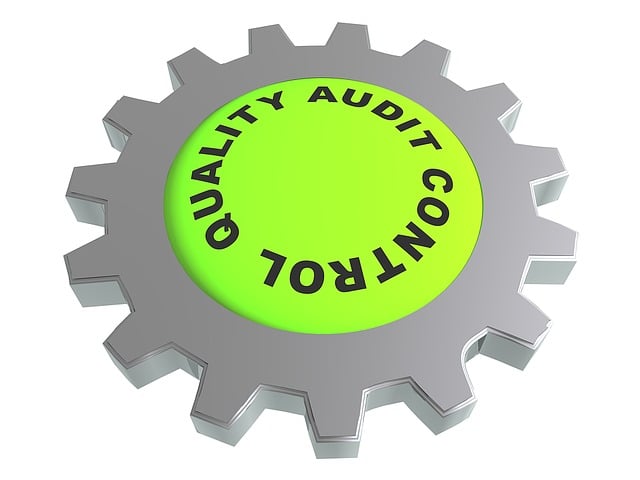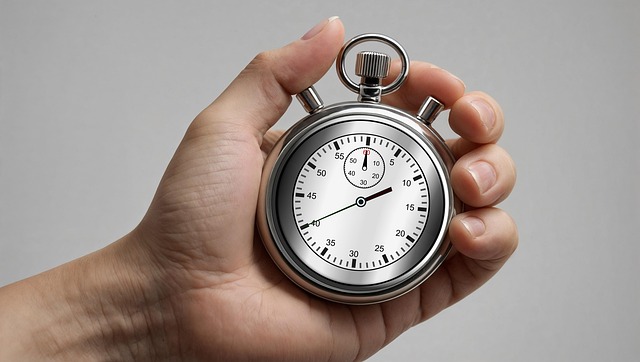The 5S Methodology, rooted in Japanese lean manufacturing, transforms cluttered workspaces into efficient environments through sorting, setting in order, cleaning, standardizing, and sustaining. Implementing 5S training fosters continuous improvement, process standardization, and optimal workplace organization across industries, enhancing workflow effectiveness and job satisfaction. Regular reviews and updates are vital for maintaining these systems over time.
Workplace organization is no longer an optional strategy; it’s a competitive advantage. In today’s fast-paced business landscape, efficient and streamlined operations are crucial for success. This article explores powerful frameworks to transform your workspace into a well-oiled machine. We delve into the 5S Methodology, integrating Lean Management principles, process standardization, and continuous improvement strategies. Discover how these tactics can enhance productivity, reduce waste, and foster a culture of excellence through effective workplace organization.
- Understanding the 5S Methodology for Workplace Organization
- Integrating Lean Management Principles in Daily Operations
- Standardizing Processes: A Key to Efficient Workflows
- Continuous Improvement: Sustaining a Organized Environment
Understanding the 5S Methodology for Workplace Organization

The 5S Methodology is a powerful tool for transforming chaotic workspaces into streamlined environments, offering a structured approach to workplace organization that’s at the heart of lean management principles. This method, with its roots in Japanese manufacturing practices, promotes efficiency and productivity by encouraging workers to visualize, organize, clean, standardize, and sustain their work areas. Each ‘S’ represents a step in this process: sort through unnecessary items, set things in order, shine (clean), standardize processes, and sustain the improved environment.
Implementing 5S training involves teaching employees not just about physical organization but also about mental and procedural discipline. It fosters a culture of continuous improvement where every individual takes responsibility for their workspace, contributing to overall process standardization. This methodology is adaptable to various industries, making it a versatile solution for optimizing workplace organization and enhancing workflow effectiveness.
Integrating Lean Management Principles in Daily Operations

Integrating Lean Management principles, often encapsulated in the 5S training framework, is a powerful strategy for enhancing workplace organization and efficiency. This method, which includes sorting, setting in order, shining (cleaning), standardizing, and sustaining, serves as a foundation for creating a more streamlined and productive work environment. By implementing 5S continuous improvement practices, organizations can identify and eliminate waste, optimize processes, and foster a culture of ongoing enhancement.
Process standardization is at the heart of Lean Management, aiming to create efficient workflows that minimize errors and delays. This involves documenting and refining existing procedures, ensuring every employee understands their role within the system. Such structured approaches not only boost productivity but also contribute to improved quality control and enhanced job satisfaction as employees feel empowered by clear expectations and streamlined tasks.
Standardizing Processes: A Key to Efficient Workflows

In today’s fast-paced business environment, efficient workflows are non-negotiable for achieving competitive success. Standardizing processes through methodologies like 5S training and lean management is a powerful strategy to enhance workplace organization. By implementing 5S continuous improvement practices—Sort, Set in Order, Shine (Clean), Standardize, Sustain—organizations can create an environment that promotes productivity and reduces waste.
Process standardization ensures every employee follows the same steps for completing tasks, fostering consistency and uniformity across operations. This approach not only streamlines procedures but also empowers employees by providing clear expectations and guidelines. As a result, teams can work collaboratively, minimizing errors and maximizing efficiency, ultimately contributing to improved overall workplace organization.
Continuous Improvement: Sustaining a Organized Environment

Maintaining an organized workplace is an ongoing process that requires a commitment to continuous improvement. Once a structured system like 5S training or lean management principles is implemented, it’s crucial to sustain and refine it over time. Regular reviews and updates are essential to ensure the environment remains optimized for efficiency and productivity.
Process standardization plays a vital role in this endeavor by identifying and documenting efficient workflows. By standardizing processes, teams can pinpoint areas of improvement, eliminate waste, and foster a culture of continuous learning. This iterative approach ensures that the workplace organization framework remains dynamic, adaptable, and aligned with evolving business needs.
By implementing the 5S methodology, integrating Lean management principles, standardizing processes, and embracing continuous improvement, organizations can transform their workspaces into models of efficiency and productivity. These strategies work synergistically to create a culture of order, waste reduction, and streamlined operations. With proper training in 5S practices and a commitment to process standardization, businesses can sustain an organized environment that fosters innovation and enhances overall workplace performance.
